|
There is a limited amount of background detail for this photo but interesting to see bluettes and battledress in the same photo plus the ARP nursing uniforms. The ARP breast badge on the bluettes appears to be quite high above the pocket.
0 Comments
A photograph that it is believed shows the Chief Warden of Croydon, Alderman Anson Boddington J.P. He would later become the mayor of Croydon in 1943. His peaked cap and especially the ARP badge are quite rare to see.
Image courtesy of Roger Miles at Home Front Collection. A couple of photographs showing wardens from the Trafford Road area in Norwich. We can get a rough date from the uniforms and armbands shown. I would say the photo was taken after July 1940 (there's a chap wearing the rainbow armband far right) but pre-summer 1941 (no evidence of battledress being worn just bluette overalls).
Photos courtesy of Jonathan Emery. Jonathan's maternal grandfather, Sidney Weston (shoe and boot maker/repairer) is sat second right on the floor; sadly, he passed away in April 1942, aged 48. An interesting group portrait of, I assume, wardens outside their post in 1943. Of interest is the chap far left; he is wearing a peaked cap to which he has applied his ARP badge on the front - a most unusual combination and rarely seen. Although one of the gents at the front has an area title on his battledress the resolution of the original photo isn't quite good enough to discern the location. The gentleman top row, fourth from right, is, I believe, attached to the fire services.
Two ARP volunteers wearing the early-war bluette overalls. Of interest are the chevrons - one with two chevrons and the other three chevrons; three chevrons usually denote an officer-in-charge and I'm not too sure what two chevrons represent. The chap on the right also appears to have a St. John Ambulance Association first aid badge above his right pocket. I'd say the chap on the left is probably wearing overalls a few sizes too large for him.
|
Please support this website's running costs and keep it advert free
Categories
All
Archives
June 2024
|
|
|
Copyright © 2018–2024
|

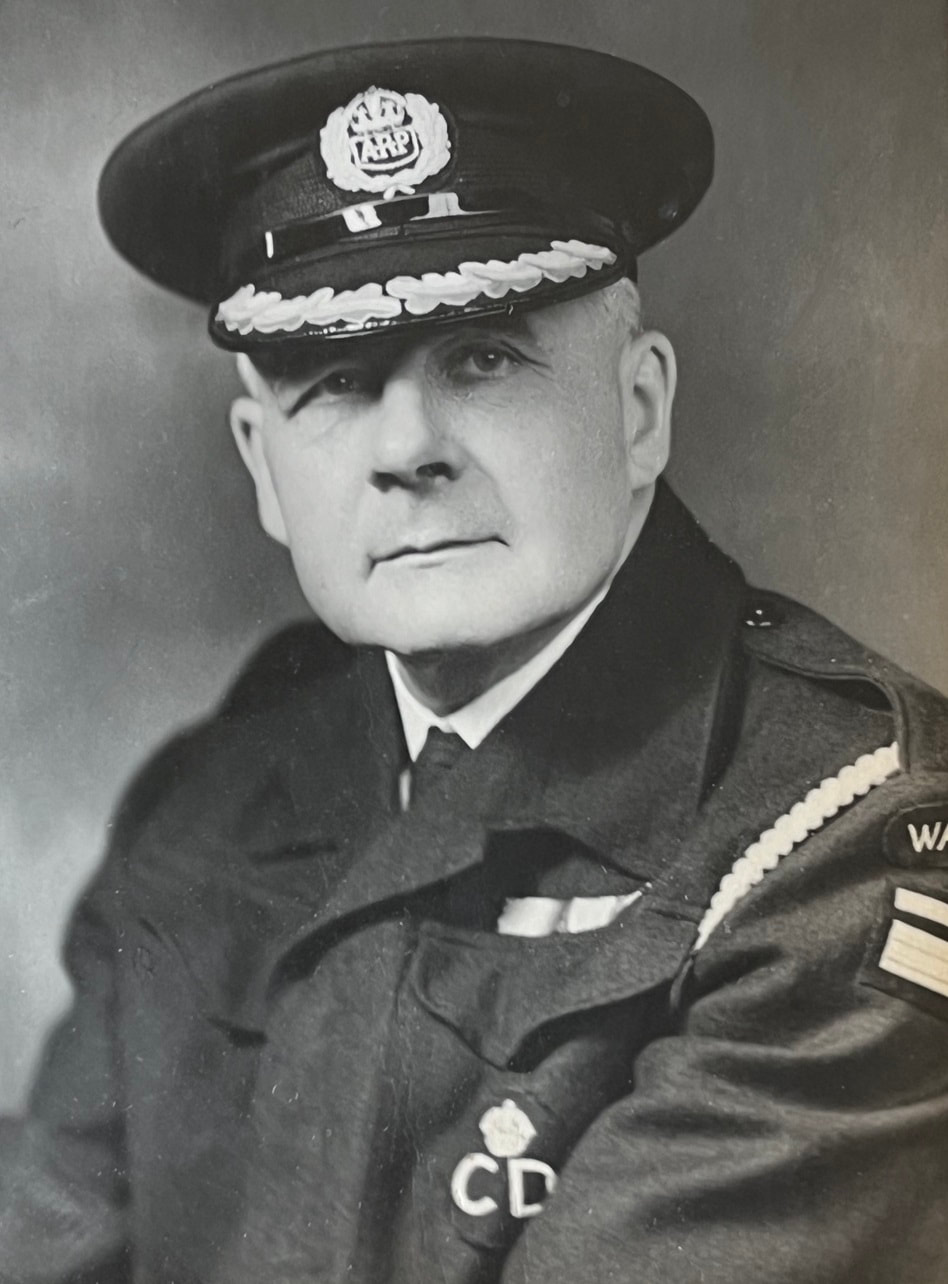
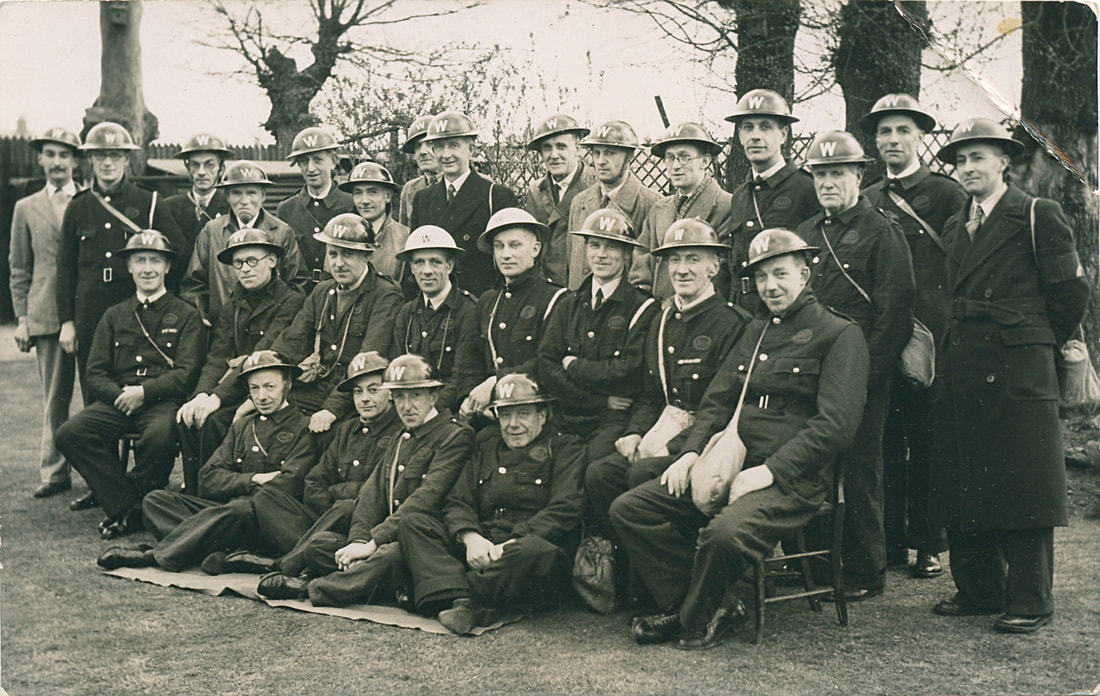
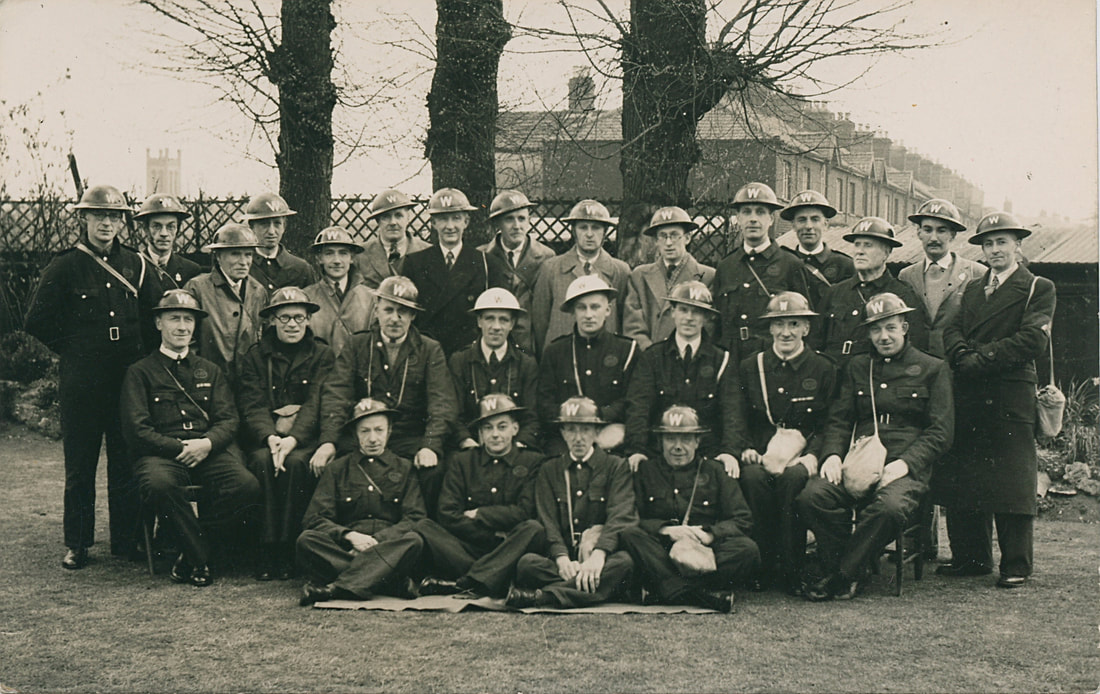
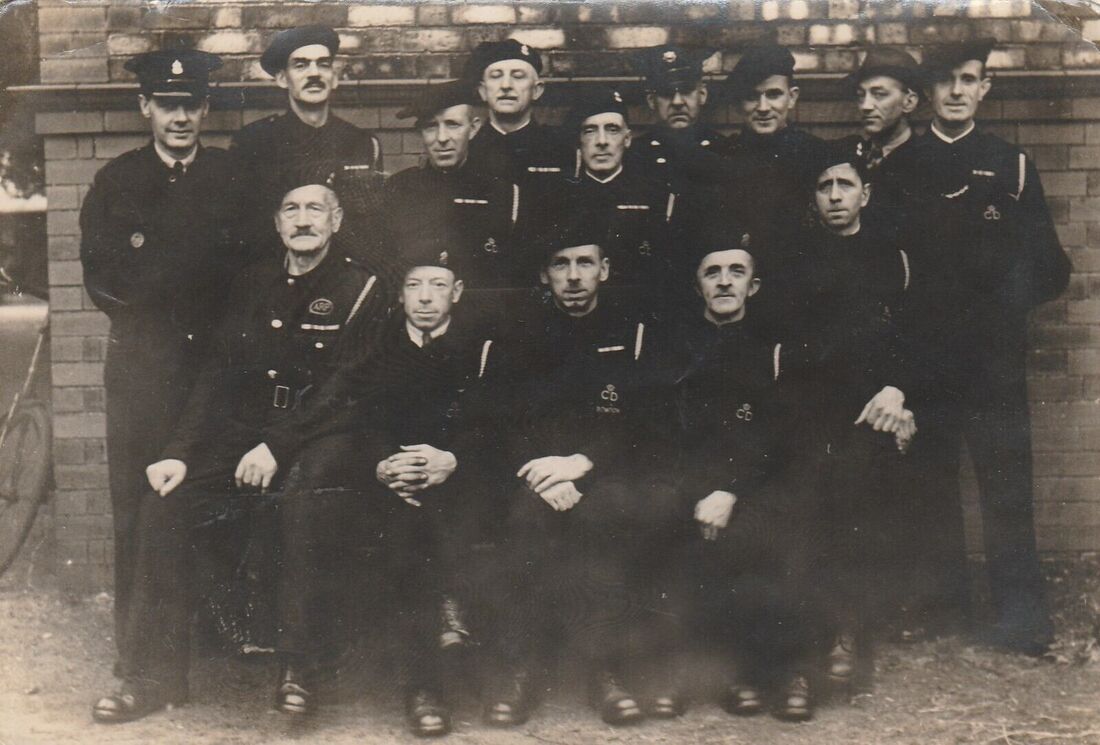
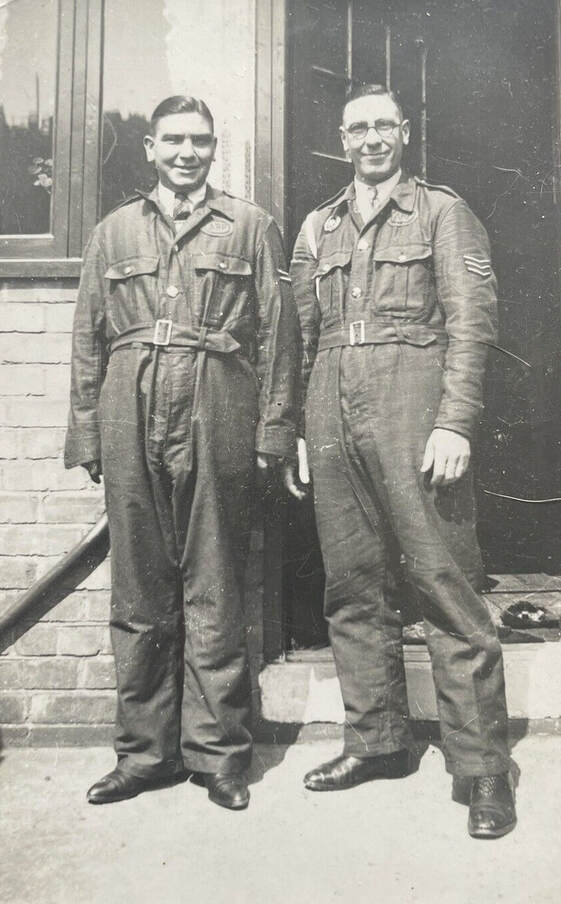
 RSS Feed
RSS Feed